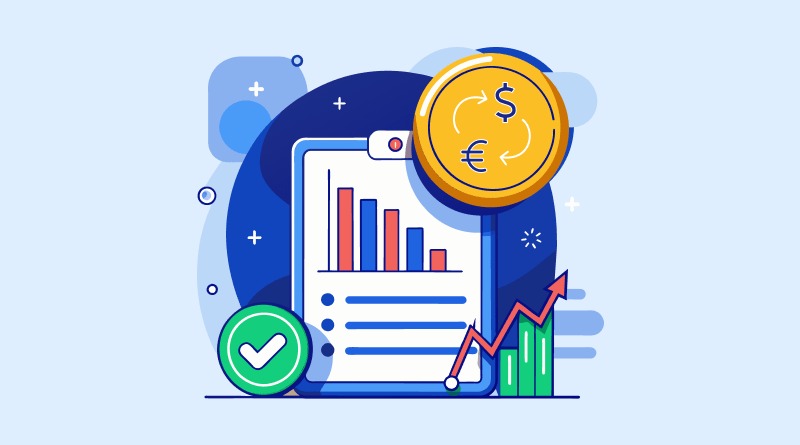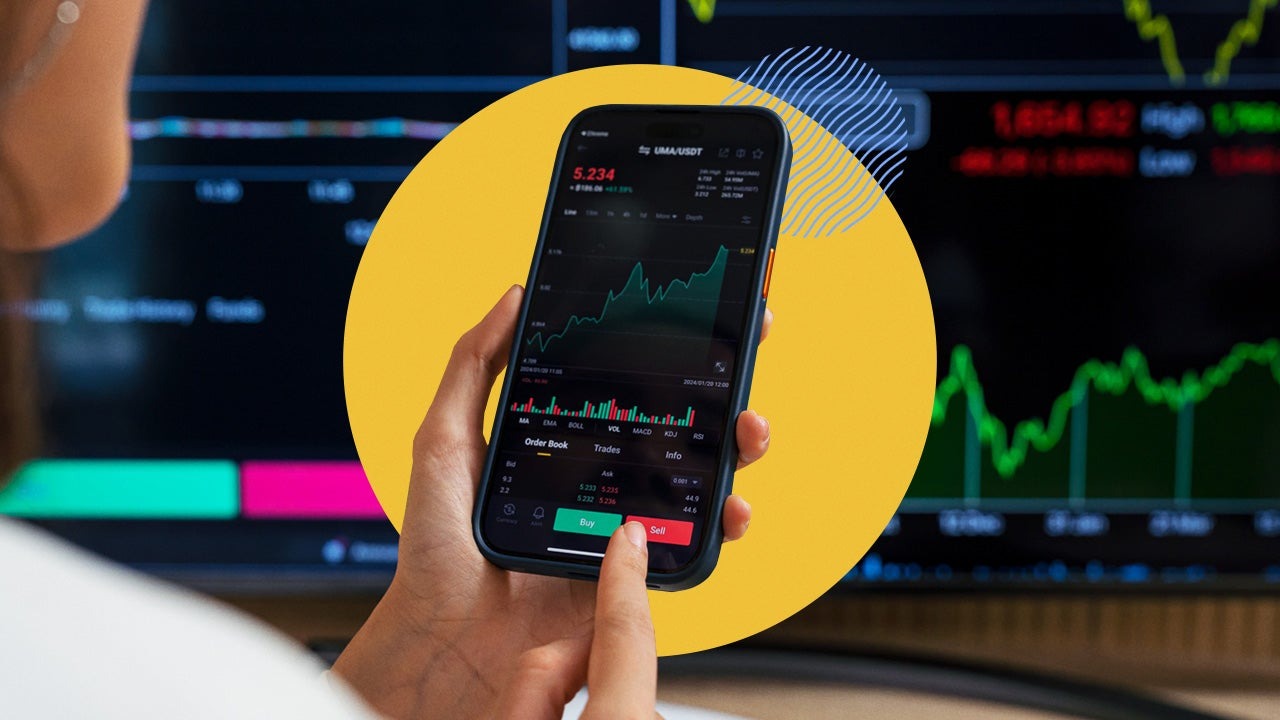Forex trading presents an exciting opportunity for individuals looking to engage in the financial markets. Operating 24 hours a day, five days a week, it allows traders to buy and sell currencies with the potential for significant profit. However, understanding the intricacies of forex trading is crucial for success. Here’s a comprehensive overview to help you get started.

-
What is Forex Trading?: Forex trading involves the exchange of one currency for another at an agreed exchange rate. Most transactions are made in pairs, such as EUR/USD (Euro to US Dollar) or GBP/JPY (British Pound to Japanese Yen). The first currency in a pair is called the base currency, while the second is the quote currency. The exchange rate indicates how much of the quote currency is needed to purchase one unit of the base currency.
-
Currency Pairs: In the forex market, currencies are traded in pairs. The major pairs typically involve the US dollar and other major currencies (e.g., EUR/USD, USD/JPY). Minor pairs do not include the US dollar but involve other major currencies (e.g., GBP/AUD). Exotic pairs consist of a major currency paired with a currency from a smaller or emerging economy (e.g., USD/THB).
-
Understanding Pips and Leverage: A pip (percentage in point) is the smallest price change in a currency pair. For most pairs, a pip is typically the fourth decimal place (e.g., 0.0001). Leverage allows traders to control a larger position with a smaller amount of capital. For example, a 100:1 leverage means you can trade $100,000 by only putting up $1,000. While leverage can amplify gains, it also increases risk.
-
Developing a Trading Strategy: A successful forex trader has a well-defined trading strategy. This may involve technical analysis, which uses price charts and indicators to predict future price movements, or fundamental analysis, which considers economic indicators like interest rates and employment figures. Combining both approaches can provide a comprehensive view for making informed trading decisions.
-
Risk Management: Managing risk is crucial in forex trading. Determine how much of your account you are willing to risk on a single trade, and set stop-loss orders to limit potential losses. Diversifying your trades and using appropriate position sizing can reduce your exposure to market volatility.
-
Market Analysis: Understanding market sentiment can significantly impact your trading success. Keep an eye on economic news, geopolitical events, and market trends that could affect currency values. Tools like economic calendars can provide information about upcoming releases and their potential impact on the market.
-
Choosing a Forex Broker: Selecting the right forex broker is critical for effective trading. Look for a broker that offers a user-friendly trading platform, competitive spreads, a strong regulatory background, and excellent customer service. Ensure that the broker provides educational resources and tools to assist in your trading journey.
-
Practice with a Demo Account: Before trading with real money, consider using a demo account to practice your strategies in a risk-free environment. Most brokers offer demo accounts where you can execute virtual trades and familiarize yourself with the trading platform.
-
Continuous Learning: The forex market is constantly evolving, making it essential to stay informed. Engage in continuous learning through online courses, webinars, and trading forums. Follow experienced traders to glean insights and adapt to changing market conditions.
In conclusion, forex trading offers a wealth of opportunities but also comes with its own set of challenges. By understanding key concepts such as currency pairs, leverage, risk management, and effective trading strategies, you can navigate the forex market more successfully. Remember that patience, discipline, and education are vital components of a successful trading career. With the right approach and continuous self-improvement, you can work toward achieving your financial goals in the forex marketplace.




